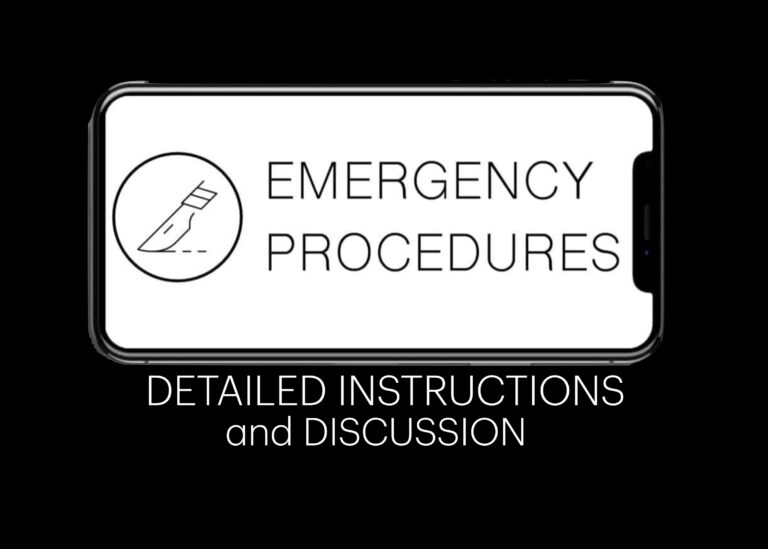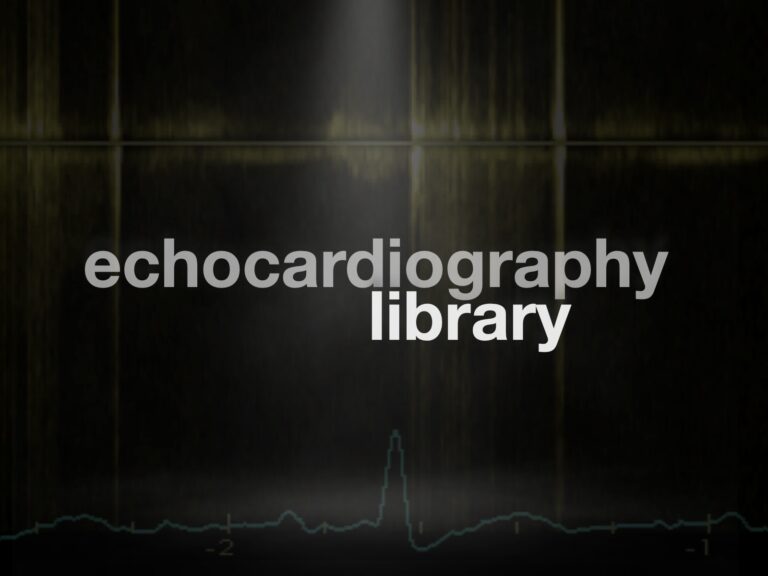
Precipitous Birth in the ED
Emergency procedure, instructions and discussion: Precipitous delivery in the ED. Let’s face it, the three births you attended as a medical student don't really prepare you for this...

Emergency procedure, instructions and discussion: Precipitous delivery in the ED. Let’s face it, the three births you attended as a medical student don't really prepare you for this...

Karl Adolph von Basedow (1799 – 1854) was a German general practitioner, surgeon and obstetrician. Described Basedow (Graves) disease 1840

Silas Weir Mitchell (1829–1914), American neurologist and Civil War doctor, pioneered causalgia, phantom limb, rest cure, and erythromelalgia

Hermann Adolph Wülfing-Lüer (1836 – 1910) German Surgical instrument manufacturer. His wife Jeanne Amélie Lüer invented the original Lüer syringe in 1895

William A. Hammond (1828–1900), U.S. Surgeon General and neurology pioneer, described athetosis, reformed military medicine, and authored a key neurology textbook.

Emergency Procedure: Precipitous Birth in the ED. Let’s face it, the three births you attended as a medical student don't really prepare you for this...

Echocardiography. Tips and tricks on optimising your image, making measurements, recognising artefacts and controlling infection

We can do transthoracic echocardiography (TTE) pretty much anywhere. Here are the pros and cons of 3 types of machines, how to identify the different types of probes, and what each type of probe is used for.

Giovanni Mingazzini (1859-1929) Founder of the Roman School of Neurology; described lenticular hemiparesis, Mingazzini test, and Mingazzini field; pioneer in aphasia and cerebellar anatomy.

Melioidosis is a severe infectious disease caused by the bacterium Burkholderia pseudomallei. It is widespread in Southeast Asia and Northern Australia, with increasing recognition in other tropical and subtropical regions. It presents with a wide range of clinical manifestations, from localized infections to severe sepsis and septic shock.

James Sherren (1872-1945) British General surgeon. Eponym: Sherren's triangle - area of hyperaesthesia associated with appendicitis

Tardive dyskinesia is a chronic, often permanent, hyperkinetic movement disorder caused by dopamine-blocking drugs—preventable with early detection and VMAT2 inhibitors.